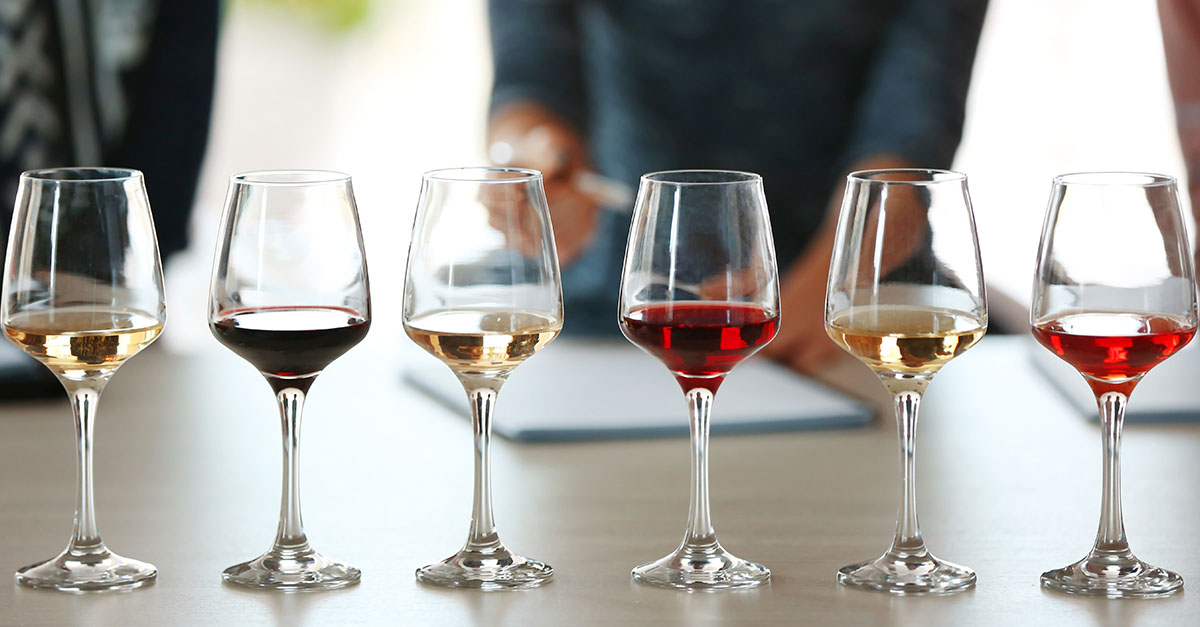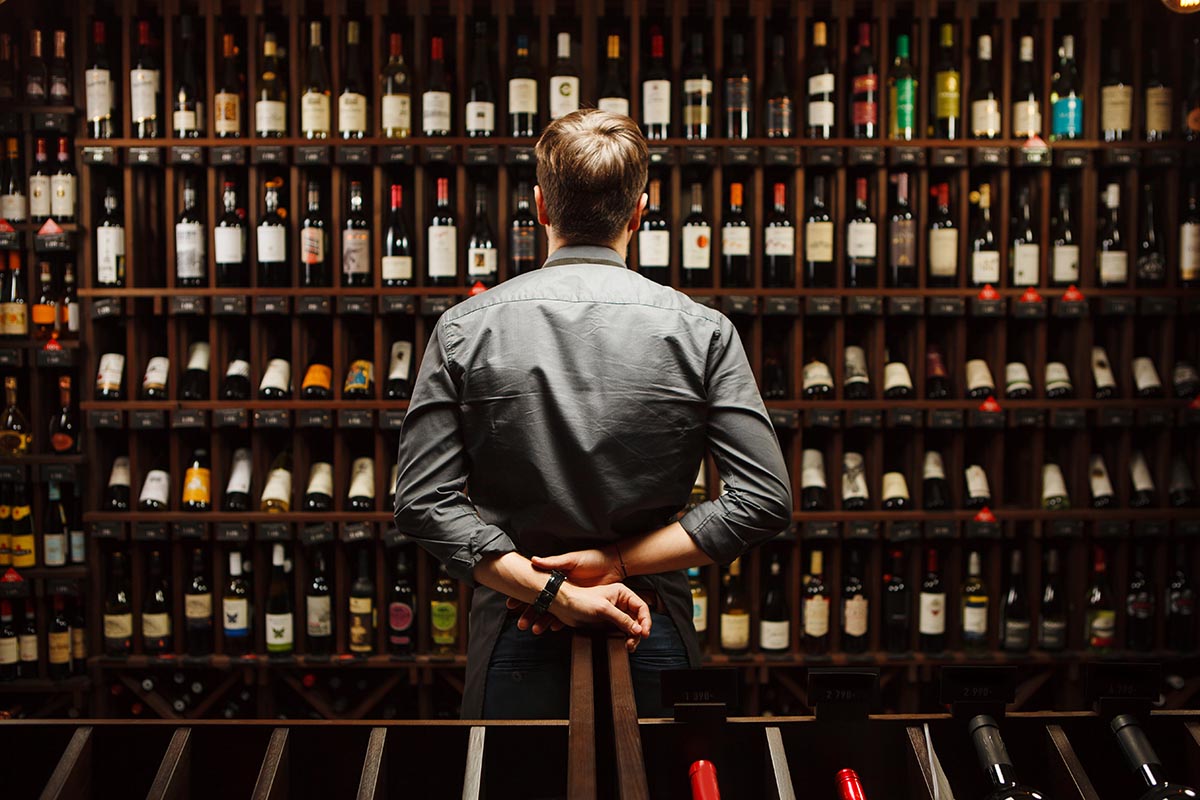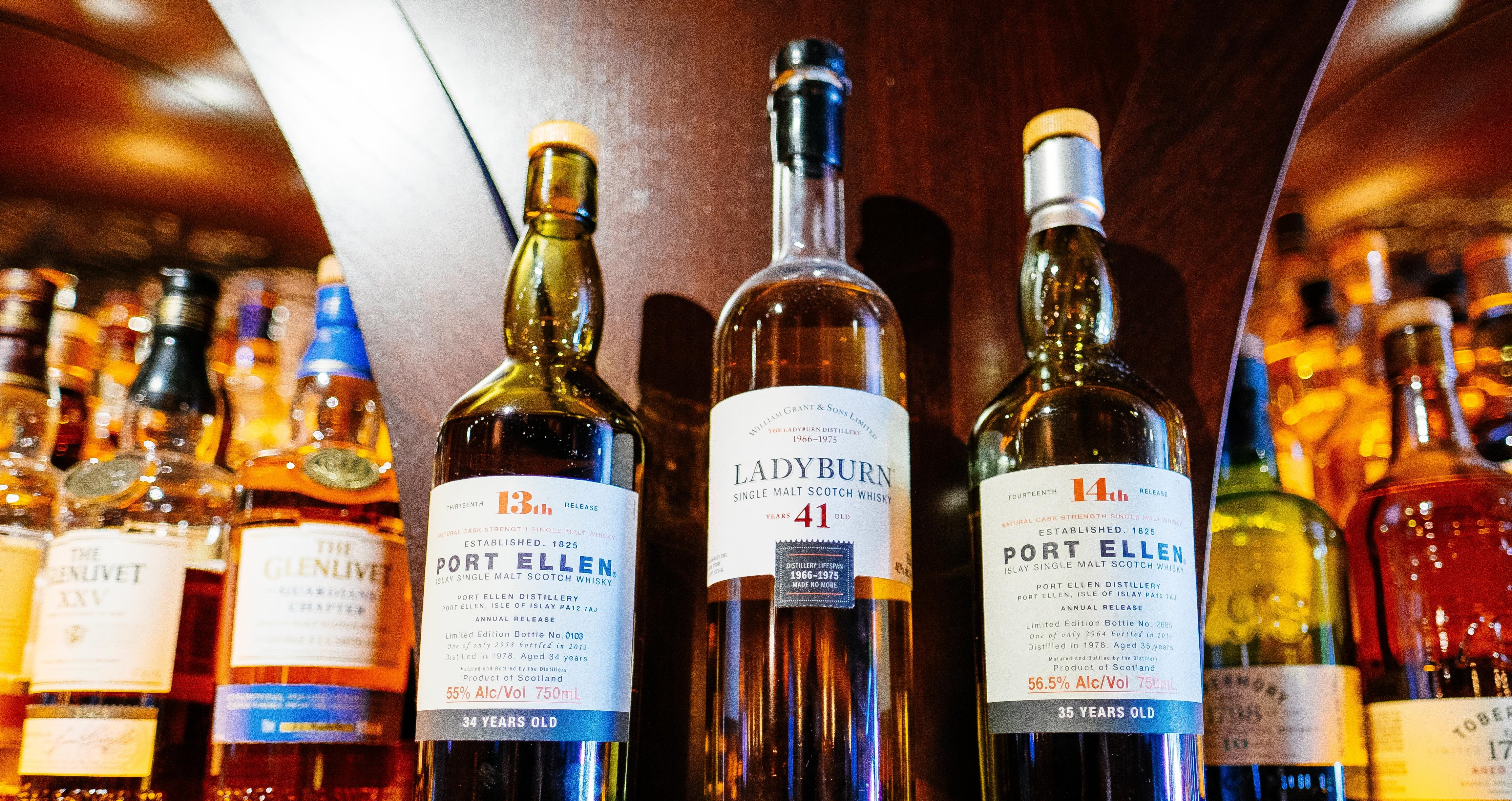

There are probably as many answers to that question as there are drinkers in the world. The various types of spirits, on the other hand, function well as aperitifs, aiding in the digestion of the meal to come. Such mixtures, Grand Marnier or Frangelico for example, are referred to as liqueurs and tend to be served after a meal with desserts or coffees. Once a spirit is mixed with something else, either sugars or herbs for flavor, it is no longer considered a spirit. Grapes are also used to make spirits, but unlike the rest of the fruit brandies, grape-derived sprits are generally just called “brandy.” The most commonly used fruits are apples, pears, plums, and cherries. There are long traditions of fruit spirits or fruit brandies. Spirits aren’t just made from grains, however. If the history of alcohol has taught us anything, it’s that humans will try turning anything into alcohol if they think it will get them where they need to go! While wheat and corn are typical ingredients in many whiskies, Devine Distillery produces spirits created from ancient grains such as spelt, emmer, and einkorn. Spirits can be made from any plant matter one can ferment. Less water in the mix equals a higher ABV. As the mash is heated in either a pot or column distiller, the alcohol evaporates first and is collected in cooling containers elsewhere. Alcohol has a lower boiling point than water. The distillation process removes water from this fermented mash.

Yeast, the force behind fermentation, can only produce a certain amount of alcohol before it becomes toxic and kills the yeast. With alcohol like beer and wine, mashes are left to ferment, converting sugar into ethanol. The distillation process is important in distinguishing spirits from other forms of alcohol. What Alcohols are Considered Spirits?Īs you’re searching for spirits online, the names of various spirits will be familiar: vodka, whiskey, tequila, gin, and rum are among the most popular kinds of spirits. Whiskies, specifically, must also list the age of the spirit if it is under four years.


Labels must include the kind of spirit in the bottle (see below), the ABV, written as a percentage or “proof,” the country of origin, the name and address of the importer, and a warning about the dangers of over-consumption. Spirits are required to be identified in certain ways by various alcohol regulating bodies around the world. Further, a pure spirit or liquor will have no added sugars or flavors. Distillation removes much of the water during the process, allowing for a higher ABV inmost spirits. A spirit is an alcoholic beverage that has been both fermented and distilled. But occasionally these beverages aren’t identified as types of spirits. If you’re buying spirits online, it’s as easy as searching “spirits” at your favorite online liquor store. As with many origins of alcohol through the ages, this one is lost to time. Another Arabic word, al-ghawl, is mentioned in the Qur’an and is another contender for the origin of the term “alcohol.” It translates to “spirit” in English. An ancient eyeliner, al-Koh’l, was created using a system similar to distillation. Many point to early distillation in the Middle East. There are a couple of legends about the term “spirit” with regard to alcohol. A spirit must have at least 20% ABV and have no added sugar to qualify for the name “spirit” or “liquor.” Both words were incorporated into English during the 16th Century. Distillation increases the alcohol by volume (ABV) of a fermented liquid. Spirits and liquor are the same kind of alcohol - one that has gone through a distillation process. Whether at a brick-and-mortar store or an online spirits store, that’s an easy one: there isn’t a difference.


 0 kommentar(er)
0 kommentar(er)
